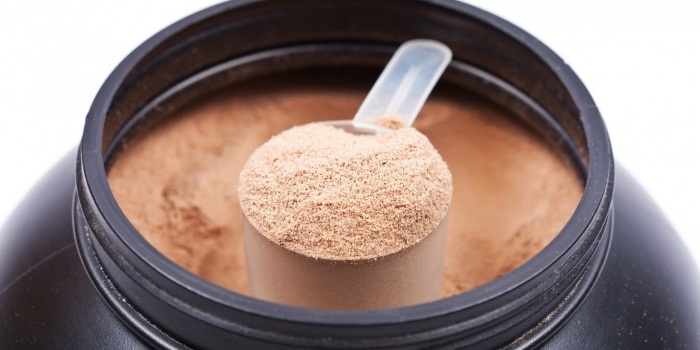The practice has developed two approaches to supplementing food with creatine. The first is loading with creatine, and then the maintenance phase; the second without loading, with a constant small dose. The initial creatine loading phase – 4-6 standard doses of 5 grams each for 3-9 days – significantly increases the total creatine pool in a short time. But experiments have also shown that there is an upper limit for creatine that can be stored in muscle. One recent study showed that after 6 days of administration of creatine at a dose of 0.3 grams per day per kilogram of body weight, the maximum total creatine level was maintained over the next 4-week period with a dose of only 0.03 grams per day per kilogram of body weight. …

Until recently, the loading method described above was the most common way to consume creatine. However, a recent study by Swedish scientists made it possible to recognize the loading method as inappropriate. In this study, one group took creatine in a “classic” loading regimen: 20 grams per day for six days, then a month at 2 grams per day. Another group received 3 g daily for a month. As a result, it turned out that although the second group received less creatine, its level in the muscles in both groups increased the same – by 20 percent. It turns out that if the daily dose is reduced from 12 g to 3 g, there is no need for the “loading” phase at all. By the way, this is also an important economic aspect.
Another recent study, which involved 20 footballers and 20 hockey players, confirmed previous facts. The athletes were divided into groups of 10 people. For 7 days, they were given either 0.1 g of creatine per kg of body weight, or a placebo. Before starting creatine intake, a urine sample was taken for analysis, and after 7 days of creatine intake, repeated analysis. The daily dose of creatine averaged 6-8 grams. The results showed that after 24 hours, those who actually consumed creatine – which they took with 500 grams of warm grape juice to ensure it was dissolved and absorbed – had excreted 46% of the total dose. The researchers noted that it is possible that the muscles of men already contained the maximum level of creatine, which explains such a rapid excretion of supplemented creatine. On the other hand, it is also likely that the body’s ability to absorb creatine is limited. This study once again indicates that there is no need for a loading phase and that current regimens for creatine intake need to be corrected.

Naturally, the question may arise, what to do with those studies that speak in favor of loading creatine. The answer is simple. First, in these studies, the assessment of muscle saturation with creatine was carried out in the near future, and that the concentration of creatine will be equal in a month, no one knew. Secondly, the creatine loading phase is beneficial for manufacturing companies, as it makes their product more in demand.




